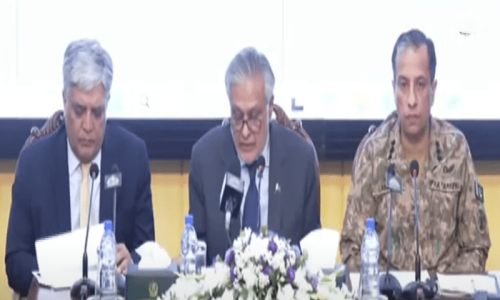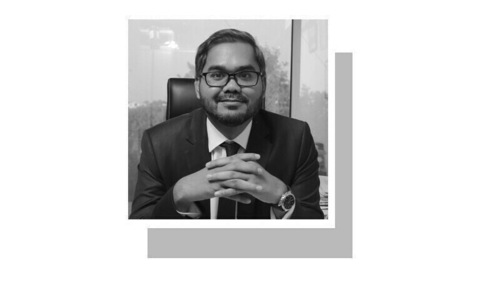Born in 1655/56 AD in Miranpur, a village opposite Jhok Sharif — located on a piece of land where Shah Murad Sugar Mills stands today on Thatta-Tando Mohammad Khan-Hyderabad road — Shah Inayat belonged to a family of religious scholars. His quest for the path leading to the Almighty took him to Bejapur near Hyderabad Daccan, where he became a disciple/pupil of Abdul Malik.
After a year of rigorous meditation, his Master asked him to return to his native Sindh. He placed before him four things and asked him to choose one as his departing gift. Shah Inayat chose sword, a symbol of martyrdom.
Back home, he started living in the Khanqah (monastery) established by his ancestors along with his disciples, whose numbers were increasing with each passing day. He had inherited a vast tract of land awarded to his great grandfathers to help them run a seminary. Shah Inayat introduced collective farming on the land.
Soon, on the one hand, barren land of Miranpur started coming under the plough and, on the other, the fertile land of neighbouring landlords gradually became uncultivated as their peasants shifted to Miranpur to join the Sufi commune. It was here that Shah Inayat raised the slogan of “IJeko kheray so khayayI” (one who tills the land should eat [the crop]).
The troika of a feudal lord, a Maulvi and a Pir approached Nawab Azam Khan, the governor of Thatta, and convinced him about the perceived political nature of the commune. The governor sought help from the court of Dehli and their joint army attacked Miranpur.
Instead of remaining passive, Shah Inayat chose to fight back. He busied the commanders of the invading army into a never-ending series of talks while his followers raided the tents of enemy troops at night. Finally the enemy understood the strategy, beheaded Shah Inayat, massacred his followers and took the head of their Master to Delhi.
The remaining IfuqraI and their relatives refused to bury their loved ones till they received the head of their beloved master. When they did, they buried the bodies in mass graves remnants of which are seen today behind the mausoleum of Shah Inayat. Thus came the end of the Jhok War and the Miranpur Commune.
Published in Dawn, Sunday Magazine, July 20th, 2014












































